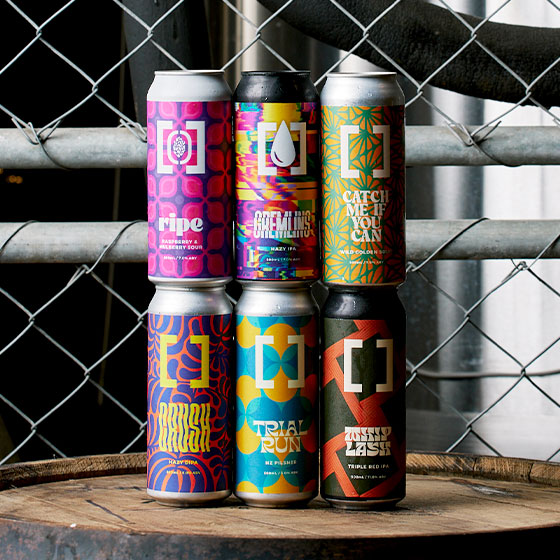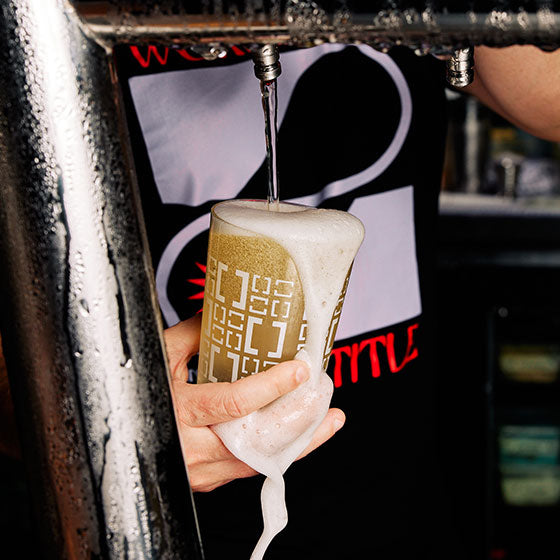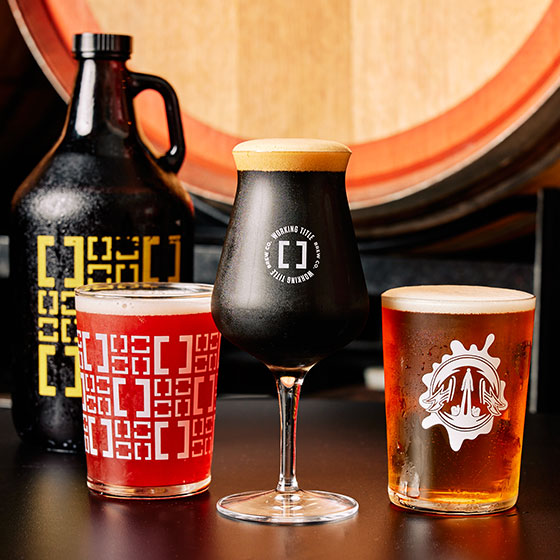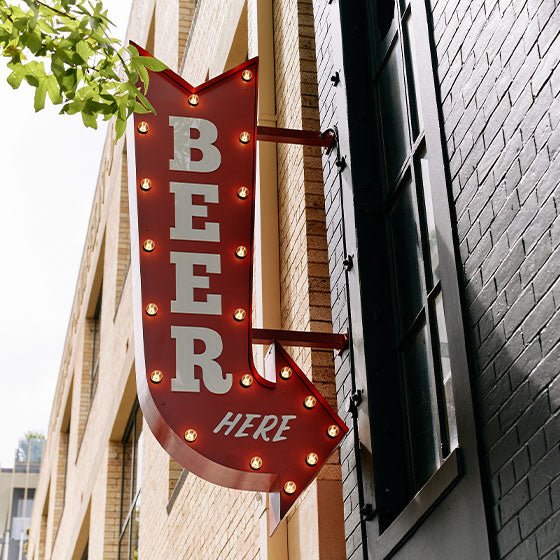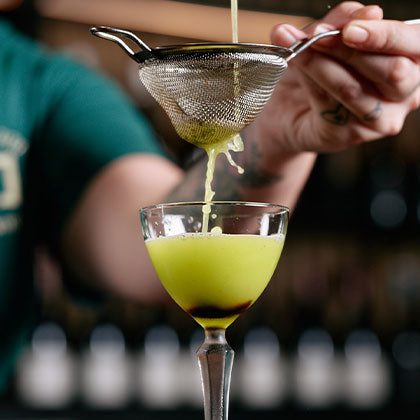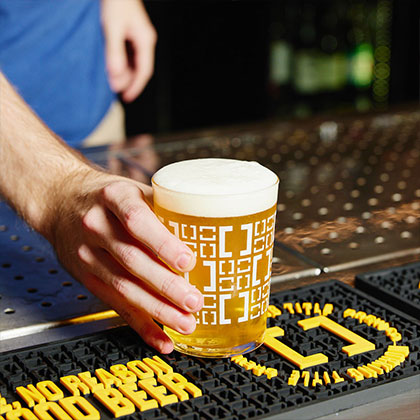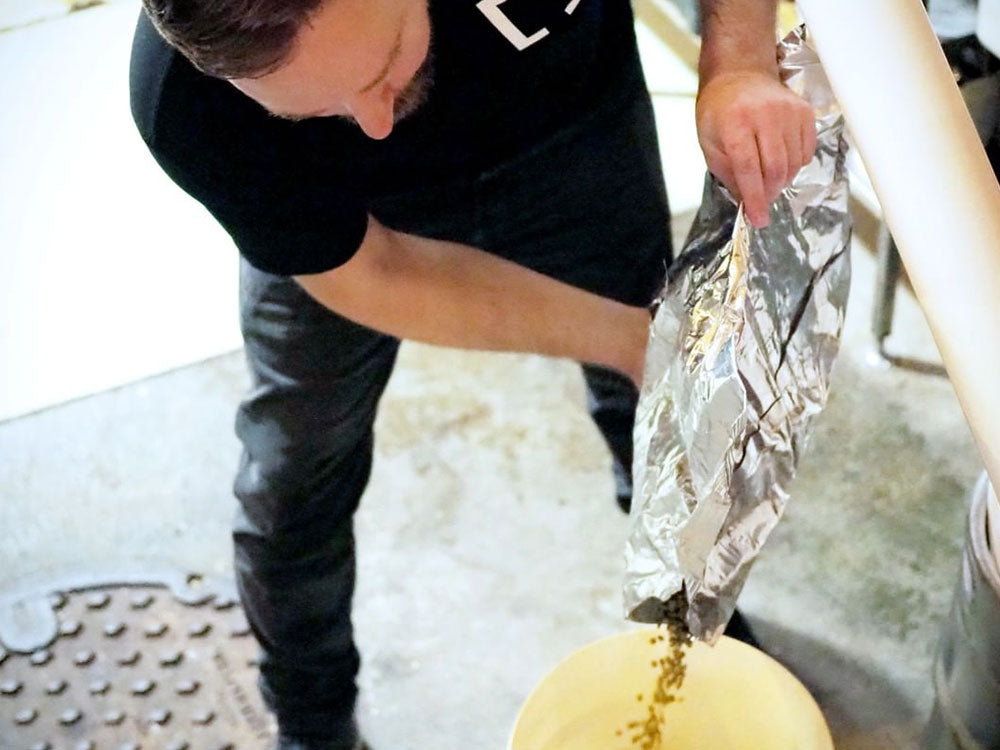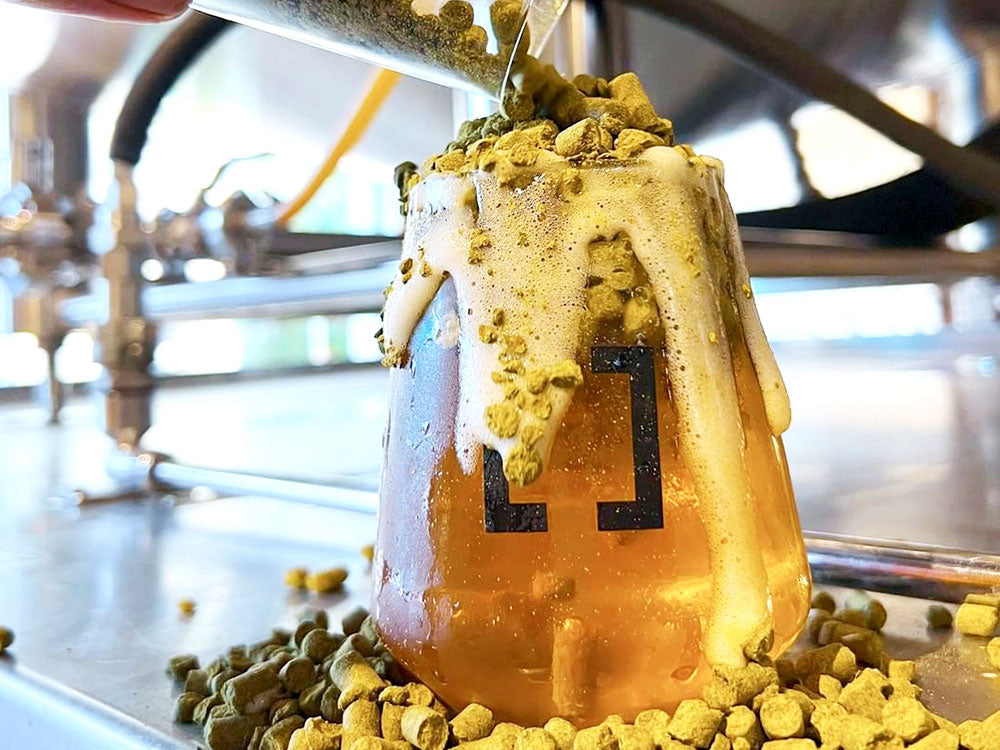Introducing the terpene of the week: beta-Caryophyllene.
Over the coming weeks, we’re delving into the major terpenes found in beer. These kiddos give all the beautiful hop flavours we seek so much. Caryophyllene provides a spicy, black pepper and woody character, being found in hops, pepper, cloves, basil, rosemary and cannabis.
Although less volatile than its monoterpene cousins, caryophyllene, being a sesquiterpene, can be best found in beer when left to late hopping, dry hopping and hop extracts. It is the third most prevalent terpene in hops, behind myrcene and humulene. Fun fact, sesqui- denotes “one and a half”; so it has between a terpene and diterpene amount of carbon atoms. It is also not biotransformable.
Caryophyllene provides many positive biochemical outcomes, including the reduction in anxiety and inflammation. It also mediates the efficacy of cannibinoids, by activating certain receptors in the brain. It is an important active ingredient for the medical benefits of cannabis.
Found across the hop spectrum, caryophyllene really provides a characteristic hoppy spiciness to beer. It’s unsurprisingly high in English hops like EKG and Fuggles, lower in citrus forward hops like Citra, Centennial and Galaxy but moderate in some of the more interesting modern hops like Cashmere and Palisade.
As the story emerges we’re beginning to see just how with three terpenes we have a wide range of flavour profiles. It’s no wonder this field is immense.

